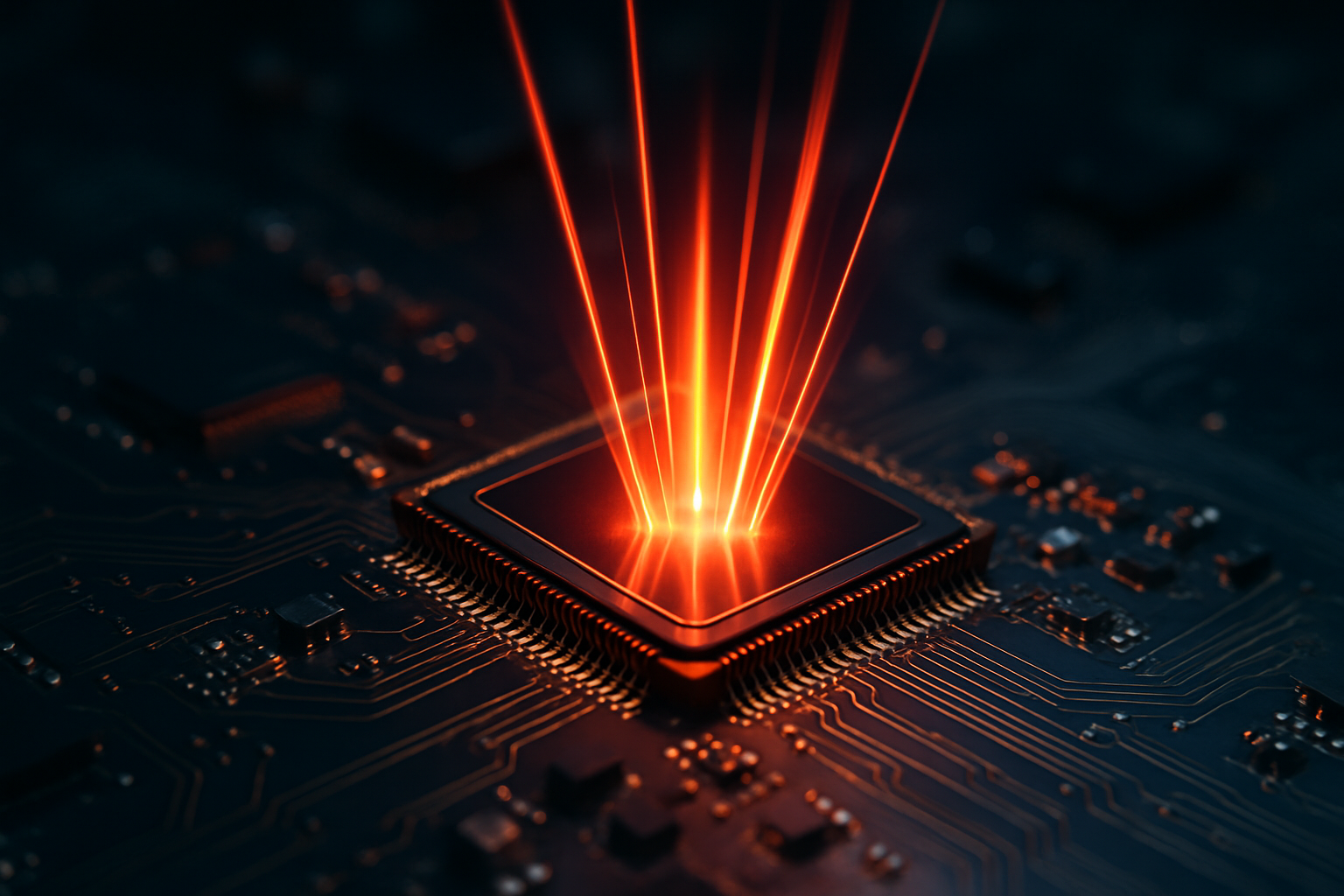Optical Microprocessors: Illuminating the Future of Computing
In the ever-evolving landscape of computing technology, a groundbreaking innovation is poised to revolutionize the way we process information. Optical microprocessors, harnessing the power of light instead of electricity, are emerging as a potential game-changer in the world of computing. This cutting-edge technology promises to overcome the limitations of traditional electronic processors, offering unprecedented speed, energy efficiency, and computational power. As we stand on the cusp of this optical revolution, let's delve into the fascinating world of optical microprocessors and explore their potential to reshape the future of computing.

Traditional electronic processors rely on the movement of electrons through silicon-based circuits. While this technology has served us well, it’s approaching its physical limits in terms of speed and energy efficiency. Optical microprocessors, on the other hand, use photons – particles of light – to transmit and process information. This fundamental shift opens up a world of possibilities for faster, more efficient computing.
How Optical Microprocessors Work
At the heart of optical microprocessors lies the ability to manipulate light at the nanoscale. These processors use a combination of optical waveguides, modulators, and detectors to guide, control, and interpret light signals. Photonic integrated circuits (PICs) serve as the backbone of these processors, integrating multiple optical components onto a single chip.
One of the key advantages of optical processing is its ability to perform parallel operations. Unlike electronic processors that process information sequentially, optical processors can handle multiple operations simultaneously, potentially leading to exponential increases in processing speed.
Overcoming the Challenges
While the potential of optical microprocessors is immense, several challenges need to be addressed before they can become a mainstream technology. One of the primary hurdles is the integration of optical components with existing electronic systems. Researchers are working on developing hybrid electro-optical systems that can bridge this gap and pave the way for a smooth transition.
Another challenge lies in the miniaturization of optical components. While electronic components have been steadily shrinking over the years, achieving similar levels of miniaturization with optical components has proven to be more difficult. However, recent breakthroughs in nanophotonics and metamaterials are showing promising results in this direction.
The Promise of Speed and Efficiency
One of the most exciting aspects of optical microprocessors is their potential to dramatically increase computing speed. Light travels much faster than electrons, and optical signals suffer less from interference and energy loss. This could lead to processors that operate at terahertz frequencies, far surpassing the gigahertz speeds of current electronic processors.
Moreover, optical processors consume significantly less power compared to their electronic counterparts. As data centers and supercomputers grapple with ever-increasing energy demands, the energy efficiency of optical processors could offer a sustainable solution to this growing problem.
Applications and Impact
The implications of optical microprocessors extend far beyond just faster computers. These processors could revolutionize fields such as telecommunications, data storage, and scientific computing. In telecommunications, optical processors could enable ultra-high-speed internet connections and more efficient data transmission. In scientific computing, they could accelerate complex simulations and data analysis, potentially leading to breakthroughs in fields like climate modeling and drug discovery.
The impact on consumer electronics could also be substantial. Imagine smartphones with blazing-fast processors that consume a fraction of the power of current devices, or laptops that can handle complex tasks without breaking a sweat or heating up.
The Road Ahead
While optical microprocessors are still in the research and development phase, the progress made in recent years is incredibly promising. Major tech companies and research institutions are investing heavily in this technology, recognizing its potential to shape the future of computing.
As with any emerging technology, it’s difficult to predict exactly when optical microprocessors will become commercially available. However, experts estimate that we could see the first practical applications within the next 5-10 years. The initial focus is likely to be on specific high-performance computing tasks, with broader consumer applications following as the technology matures and becomes more cost-effective.
The journey towards optical computing is an exciting one, filled with both challenges and opportunities. As researchers continue to push the boundaries of what’s possible, we stand on the brink of a new era in computing – one where the speed of light becomes the speed of thought. The future of computing looks bright indeed, illuminated by the promise of optical microprocessors.





